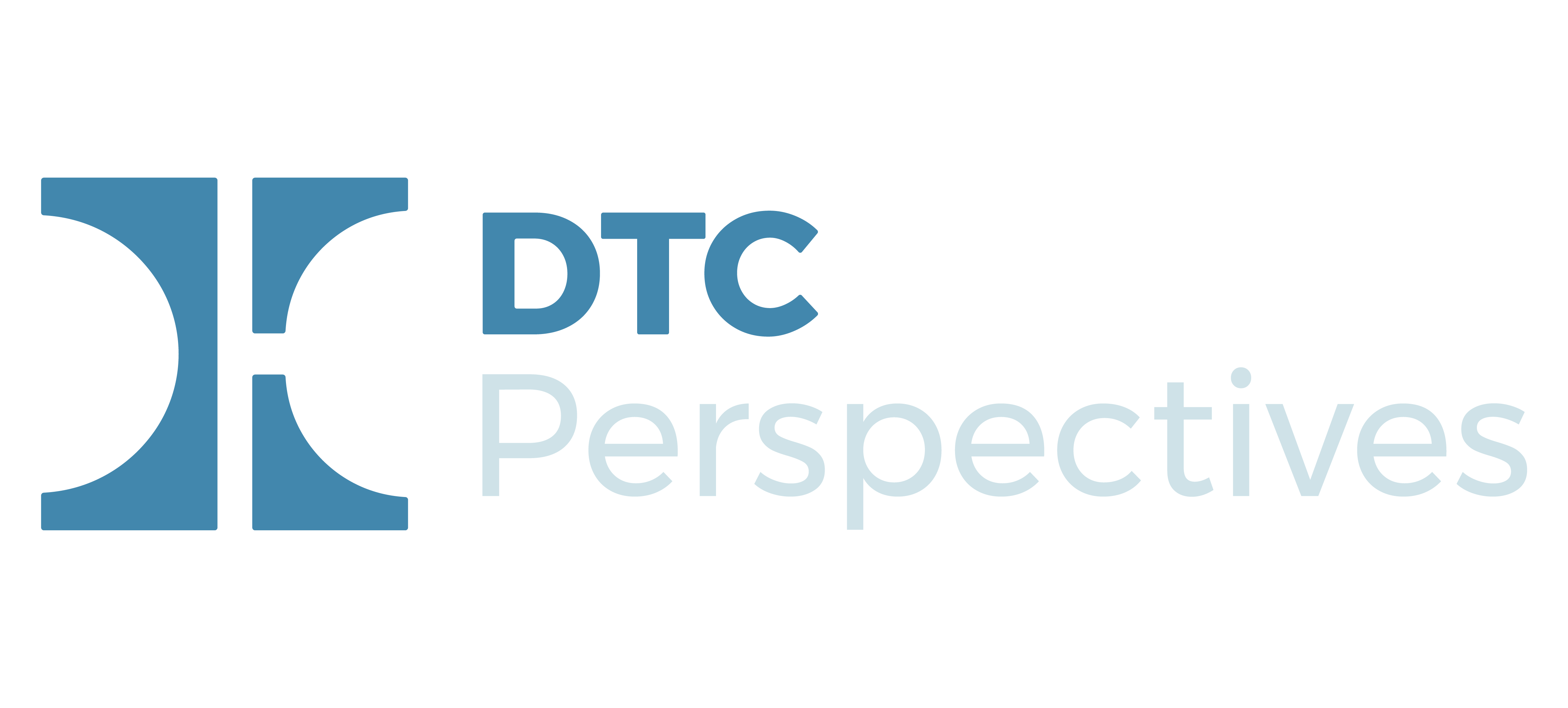Allergan’s Botox is going “Brotox” in its latest DTC campaign. That term is not mine as I borrowed it from a Forbes article. Men, yes, we men are a vast untapped market for smoother skin. As I age, my frown lines are forming, and why not try to look better. For me being the frugal sort, I will personally pass and learn to love my new post 60 visage and save my money.
For those men interested in starting on the cosmetic road to rejuvenation Botox has decided to talk to you directly. From the actors in the DTC spot, it looks like the target are 40-50 year olds who are concerned about maintaining their youthful looks. A Matthew McConaughey type in an expensive suit is seen adjusting his tie as the announcer says, “details make the difference”. Another scene shows another professional who seems to be an architect while the voice over says what Botox is indicated to improve. A third actor is shown jogging while the indications are further discussed.

-Bob Ehrlich
The tone of the ad is that men who get Botox are not vain, just fine tuning their details which make the man better. The closing tag line is “The details make a difference; the man makes them matter.” I interpret that to mean this will not transform you, but just give you the little edge to boost your confidence. These men are already successful, and Botox will help them continue that on that track.
Why are men a DTC focus? It has everything to do with the huge market that is under developed with men. Botox is trying to get them to see cosmetic treatment as something that is perfectly normal and not just for Hollywood stars. They want to show that refining those little facial details is just another step in grooming and dressing well. In other words, real men can use Botox. The number is not yet big but growing fast. According to Forbes it was 400,000 in 2014 but grew over 300% in the last ten years.
So, Allergan sees the benefit in investing in a DTC campaign to make Botox more acceptable to men. That is not easy because the historical and cultural male image is to be accepting of those signs of age. The weathered face of the macho man is ingrained in our heritage. John Wayne and Charles Bronson would not use Botox. Mick Jagger and Keith Richards also a no. Maybe Matthew McConaughey and George Clooney would. So this effort is to get the 40 year old male to see cosmetic dermatology in a new light. The wear their baseball cap backwards generation will likely view these Botox tune-ups differently from my generation. Hey, why not if that is how you want to spend your discretionary dollars.
I still drive a Honda, buy most of my clothes on Amazon, and never will pay for first class air. Sorry Allergan but no Botox for me. Fortunately for them I am a dying breed of male. Goodbye Charlie Bronson and that weathered face. Smoother is in.

